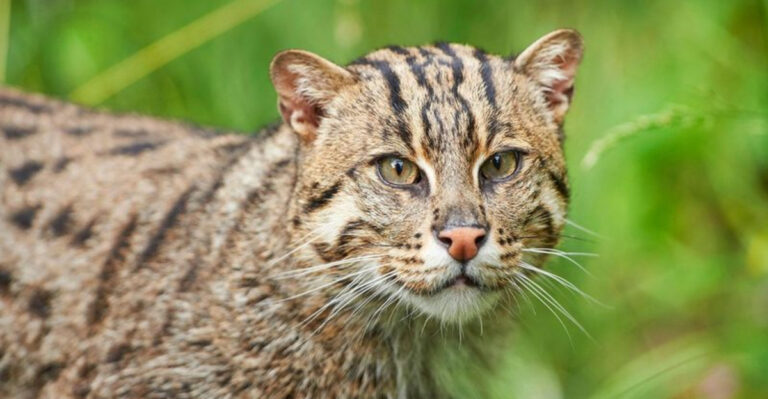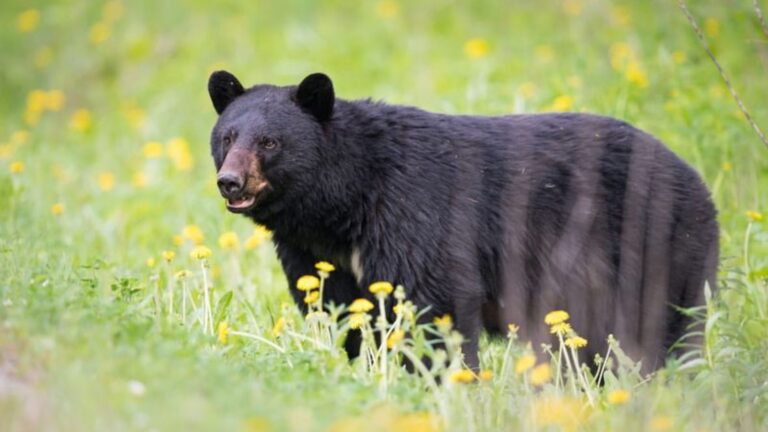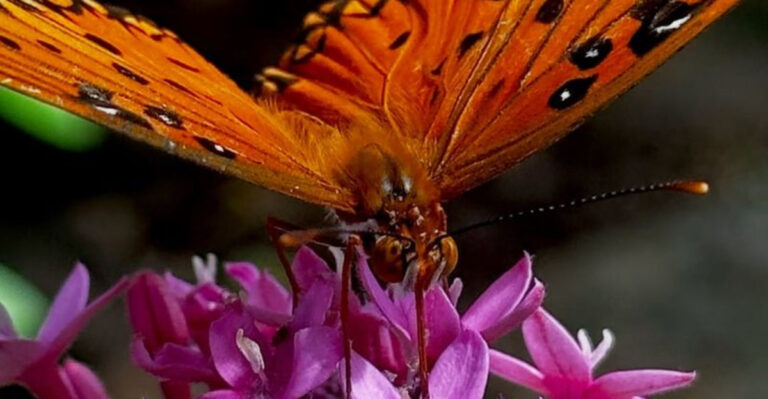Celebrate World Tapir Day With 15 Fun Facts About Baby Tapirs
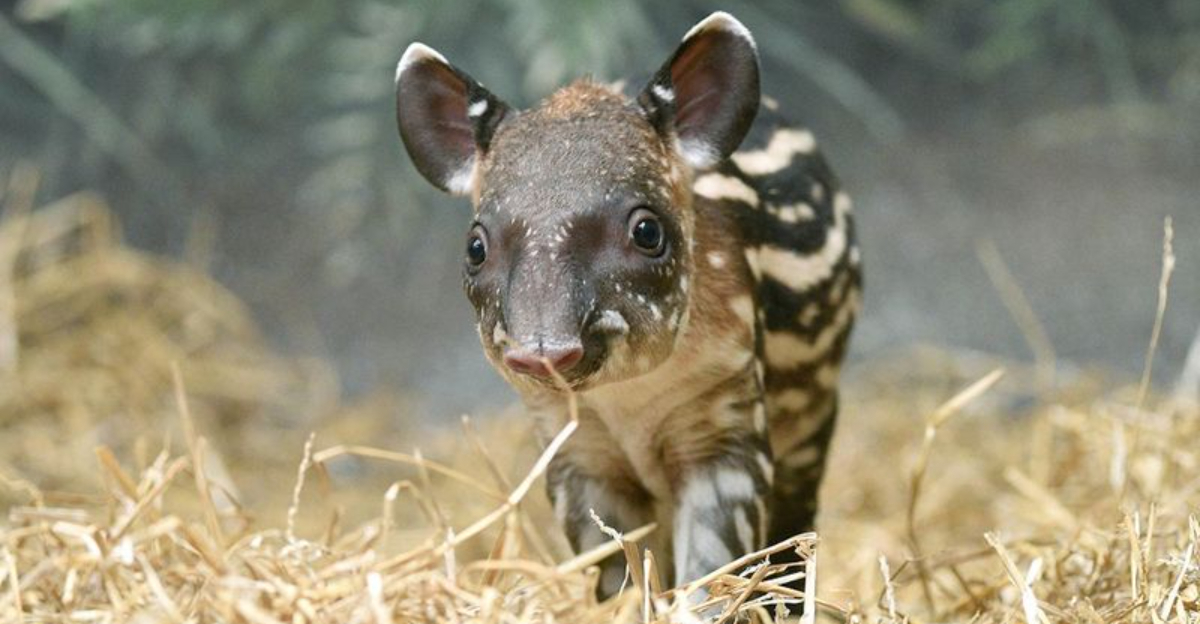
World Tapir Day is a celebration of these unique creatures, and what better way to honor them than by exploring some fascinating facts about their adorable young ones?
Baby tapirs, with their distinctive stripes and spots, are a sight to behold. Beyond their charming appearance, these young tapirs possess a range of intriguing behaviors and adaptations that help them navigate the wild.
1. Baby Tapirs Are Born With Stripes And Spots
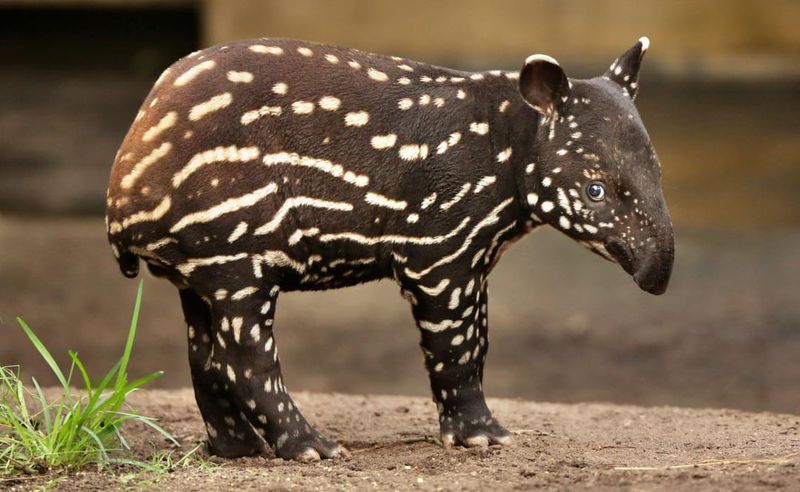
One of the most enchanting sights in the animal kingdom is a baby tapir with its extraordinary coat of stripes and spots. These patterns aren’t just for show—they serve as excellent camouflage against the dappled sunlight on the forest floor.
This natural disguise helps them evade predators, blending seamlessly into their environment. As they grow, these stripes and spots gradually fade, but in their early days, they offer vital protection.
2. They Are Born Fully Equipped To Swim
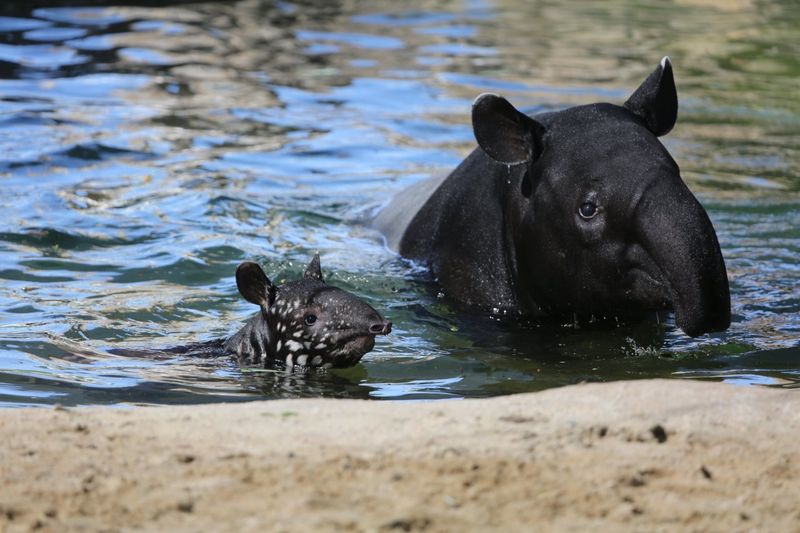
From their very first days, baby tapirs are natural swimmers, a skill vital to their semi-aquatic lifestyle. Their bodies are perfectly adapted for the water, and they can instinctively swim and dive with remarkable ease.
This aquatic ability not only aids in escaping terrestrial predators but also helps them access food resources in and around water bodies. Swimming becomes a joyful and essential part of their daily life.
3. They Weigh Between 15 And 20 Pounds At Birth
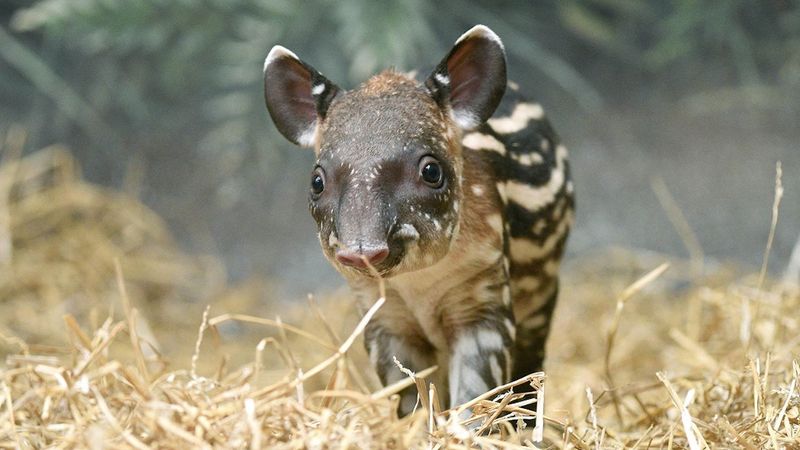
Newborn tapirs tip the scales between 15 and 20 pounds—quite small compared to their adult size. This manageable size allows them to navigate through their dense forest habitat with ease.
Although they’re born small, they rapidly gain weight, thanks to the rich, nourishing milk from their mother. Within weeks, these tiny tapirs begin to showcase their robust growth, preparing them for their adventurous life ahead.
4. They Stay Close To Their Mothers For Safety
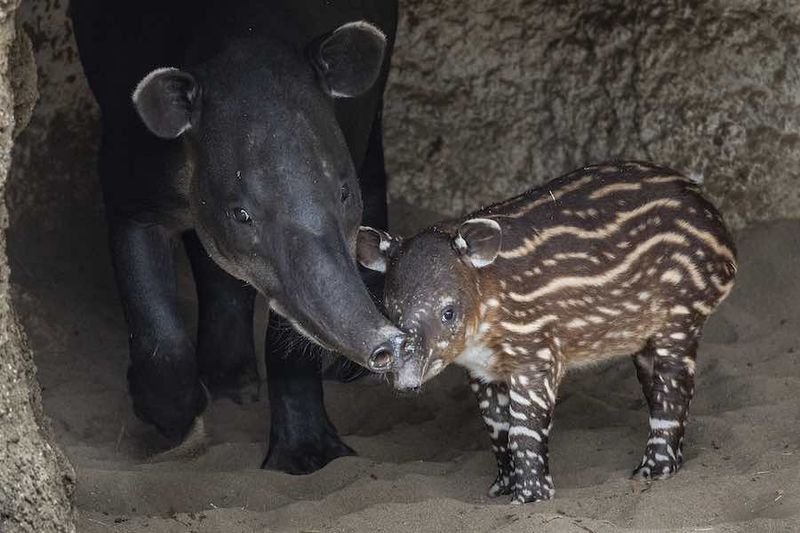
In the wild, staying close to mom is crucial for a baby tapir. The mother provides warmth, protection, and guidance, ensuring the young tapir learns the ropes of survival.
This close bond is especially important during those early months, as the mother teaches her baby how to find food and recognize potential dangers. Together, mother and baby form a resilient team against the challenges of the wild.
5. Baby Tapirs Are Herbivores
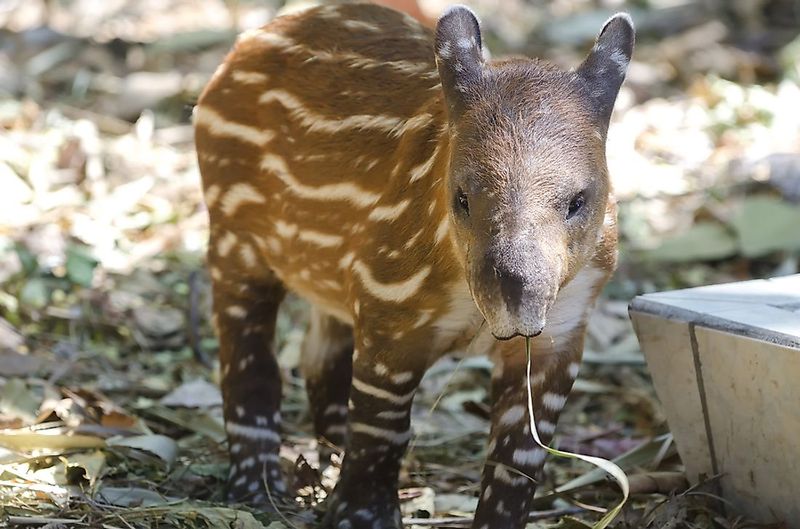
Starting life on their mother’s milk, baby tapirs gradually transition to a plant-based diet. They explore their surroundings, sampling leaves, fruits, and other vegetation found in their forest home.
This journey into herbivory is crucial as they grow, providing the nutrients needed for their robust development. Fascinatingly, their diet varies with the seasons, ensuring a balanced intake of the forest’s bounty.
6. Their Eyes Are Open Shortly After Birth
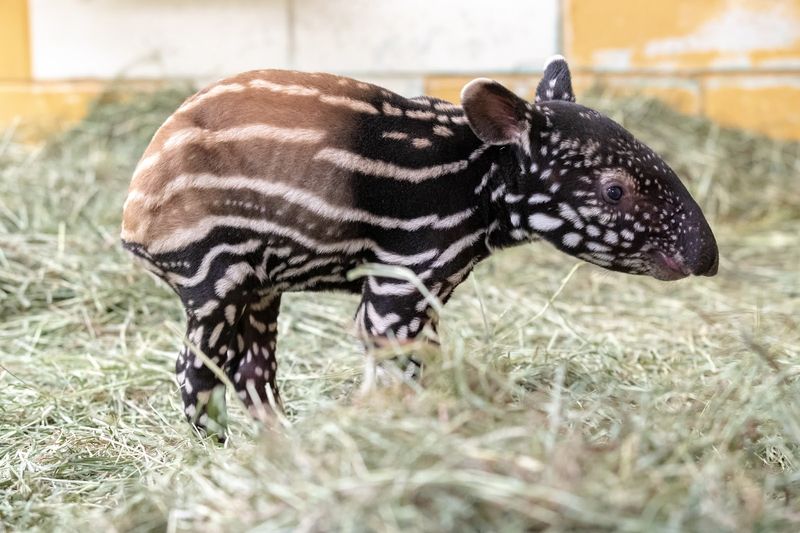
Unlike many other newborn mammals, baby tapirs open their eyes almost immediately after birth. This early visual awareness allows them to start exploring and understanding their environment right from the start.
Those bright eyes are not just for seeing; they help establish early connections with their mother. This sight-enabled start is a crucial step in their early development, fostering both learning and bonding.
7. They Have A Highly Developed Sense Of Smell
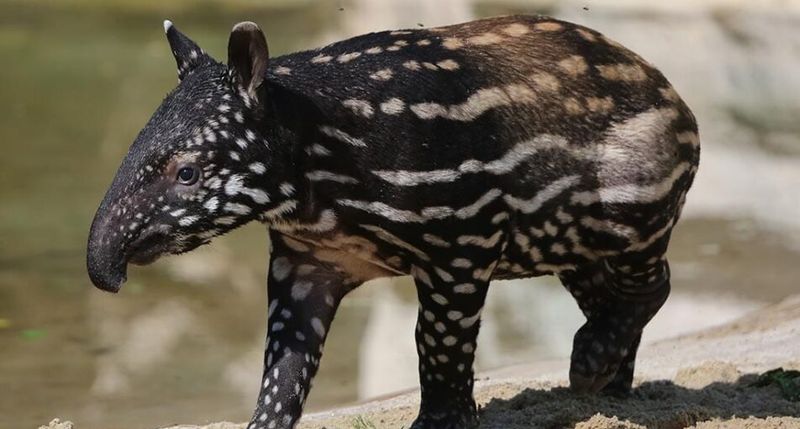
Even as youngsters, tapirs have a remarkable sense of smell, crucial for survival in the wild. This heightened olfactory ability helps them locate food and sense potential threats in their surroundings.
It’s a key tool for navigation, allowing them to follow trails and find hidden treats tucked away in the forest floor. Their world is rich with scents, each one telling a story of the forest around them.
8. Baby Tapirs Are Excellent Climbers
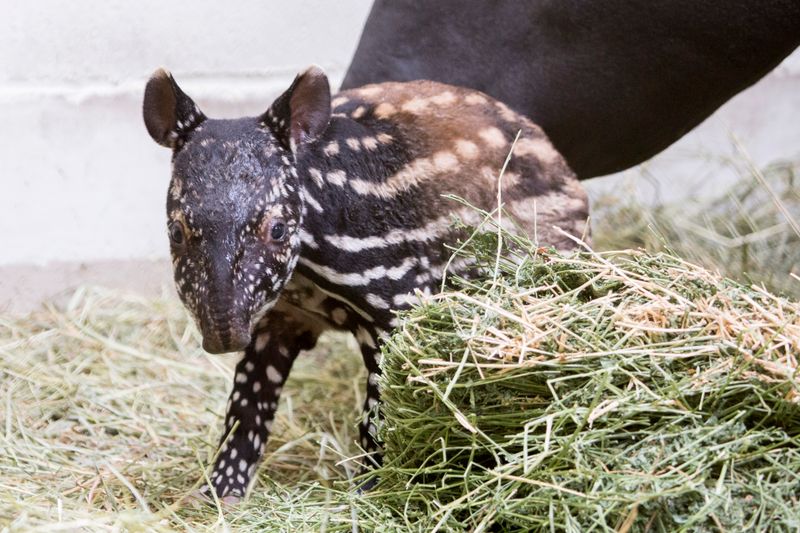
Despite their chunky build, baby tapirs are surprisingly agile climbers. They adeptly navigate hills and rocky terrain, exploring every nook and cranny of their environment.
This climbing skill is essential for survival, allowing them to escape from predators and reach food sources in higher places. Their ability to ascend challenging landscapes makes them versatile adventurers in their forested domains.
9. They Begin To Walk Within Hours Of Birth
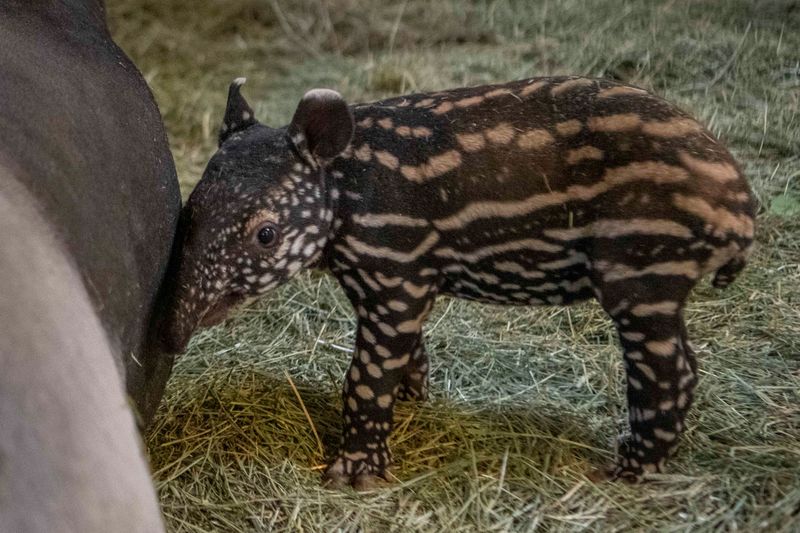
In a matter of hours after birth, baby tapirs astoundingly find their footing. Walking soon after birth ensures they can follow their mother and stay safe from predators.
These early steps mark the beginning of their journey into the wild—a journey filled with exploration and learning under their mother’s watchful eye.
10. Baby Tapirs Have A Shorter Gestation Period
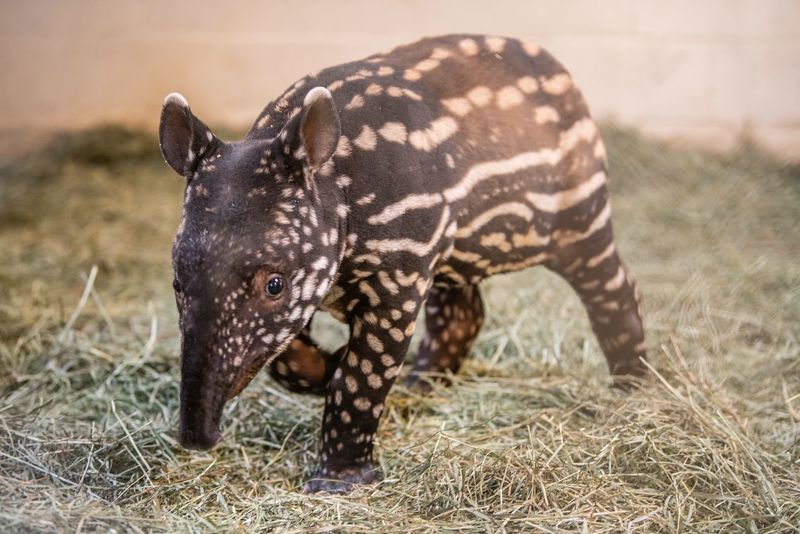
Tapirs have a relatively short gestation period compared to other large mammals, lasting about 13 months. This shorter pregnancy allows for more frequent births, aiding in population growth.
While seemingly short, this period is sufficient for developing key traits that the baby tapir will need. This unique reproductive cycle supports their survival, ensuring that new generations continue to thrive in the wild.
11. They Are Born With A High Level Of Independence
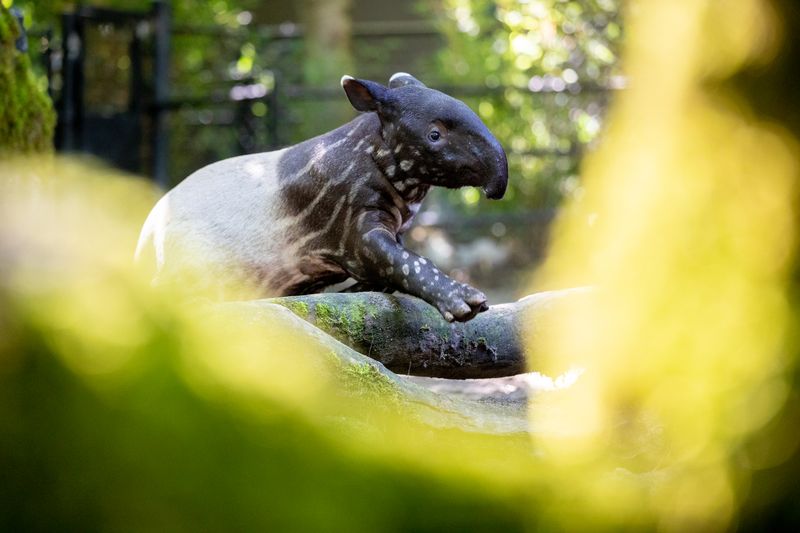
From an early age, baby tapirs show a surprising degree of independence. Though they rely on their mothers for nourishment and protection, they’re eager explorers.
As they grow, this drive to venture out helps them learn essential survival skills. Their independent spirit, combined with maternal guidance, equips them with the confidence to face the challenges of the wild.
12. Baby Tapirs Are Cautious And Shy
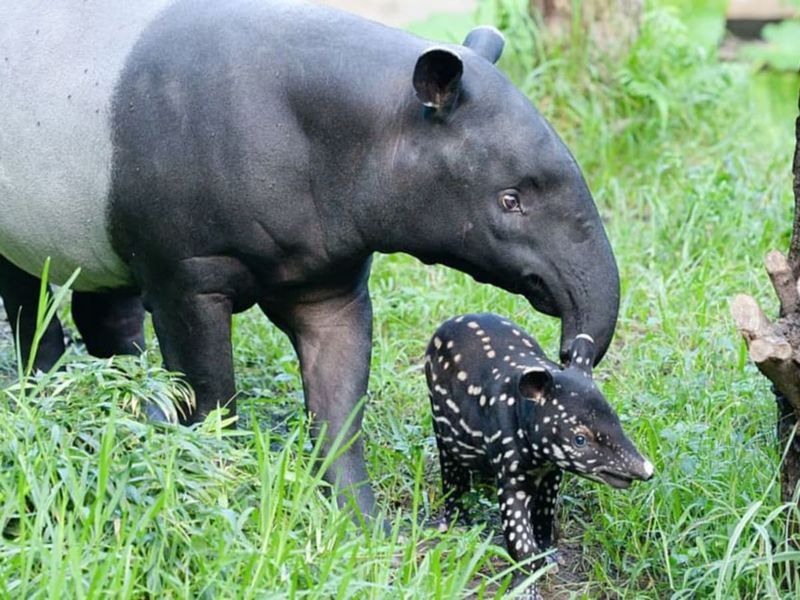
Naturally cautious and shy, baby tapirs are always on alert in unfamiliar settings. This cautious nature is a survival strategy, helping them avoid potential dangers.
Their timidity doesn’t hinder their curiosity, though—they’re always eager to learn, albeit from a safe distance. This blend of caution and curiosity ensures that they gather essential knowledge while minimizing risk.
13. Their Mother’s Call Is Key For Communication
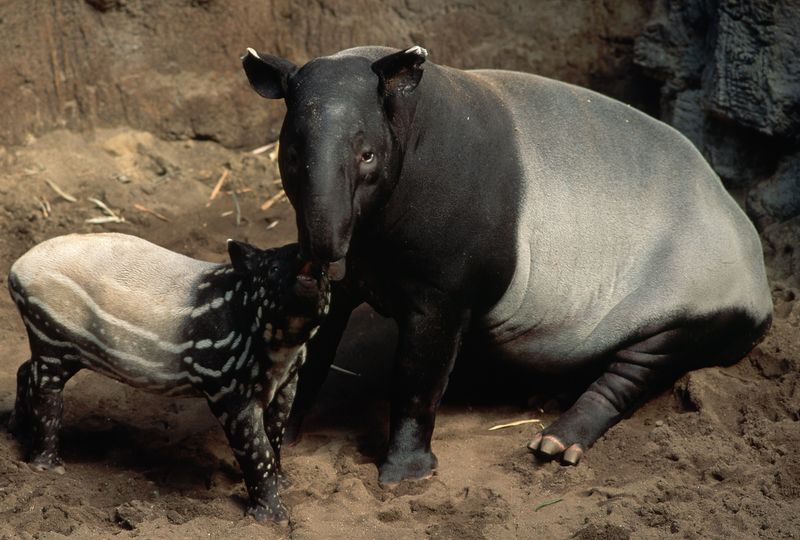
Communication between a baby tapir and its mother is vital. The young tapir learns to recognize and respond to specific calls, essential for staying safe and together.
This vocal bond ensures guidance and protection, as the mother leads her young through the forest. Such communication plays a crucial role in teaching the young tapir about the rhythms and dangers of their environment.
14. They Have A Unique, Prehensile Snout
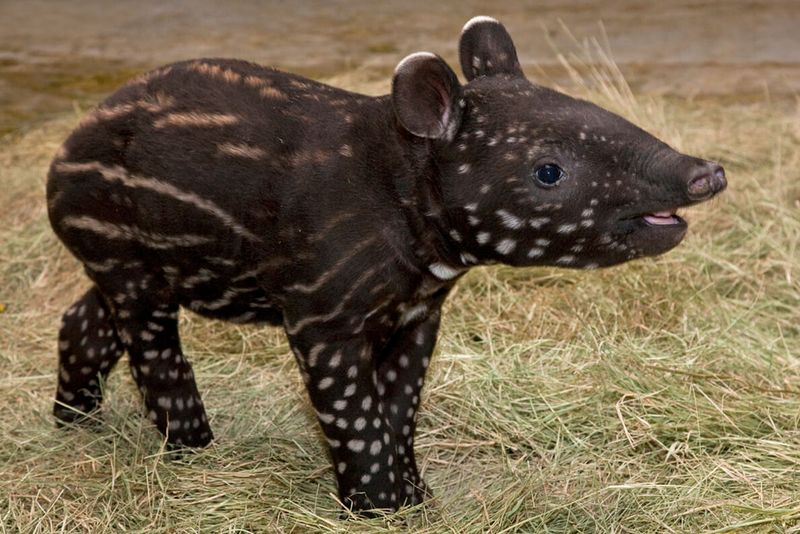
Equip with a prehensile snout, baby tapirs can skillfully grasp and manipulate objects. This snout is a versatile tool, perfect for foraging and exploring their environment.
With the ability to grab branches and leaves, they navigate their dense surroundings with ease. This unique feature highlights the tapir’s adaptability, enabling them to interact with the world around them in a wholly distinctive way.
15. They Grow Quickly In The First Year
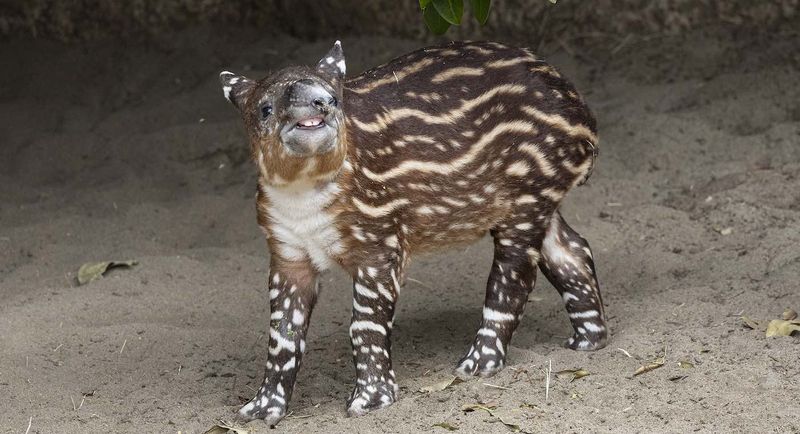
The first year of a baby tapir’s life is marked by rapid growth. Doubling in size in just a few months, they must quickly adapt to their environment.
This accelerated development is fueled by a nutritious diet and active lifestyle. Such fast-paced growth ensures they reach a robust size, capable of defending themselves and thriving independently in the wild.



